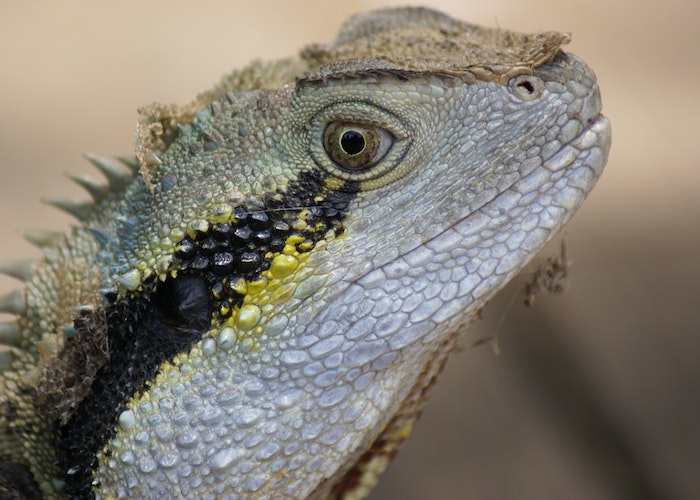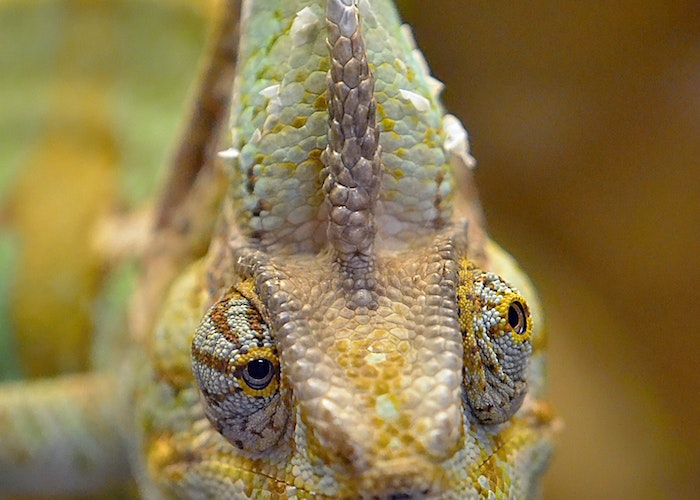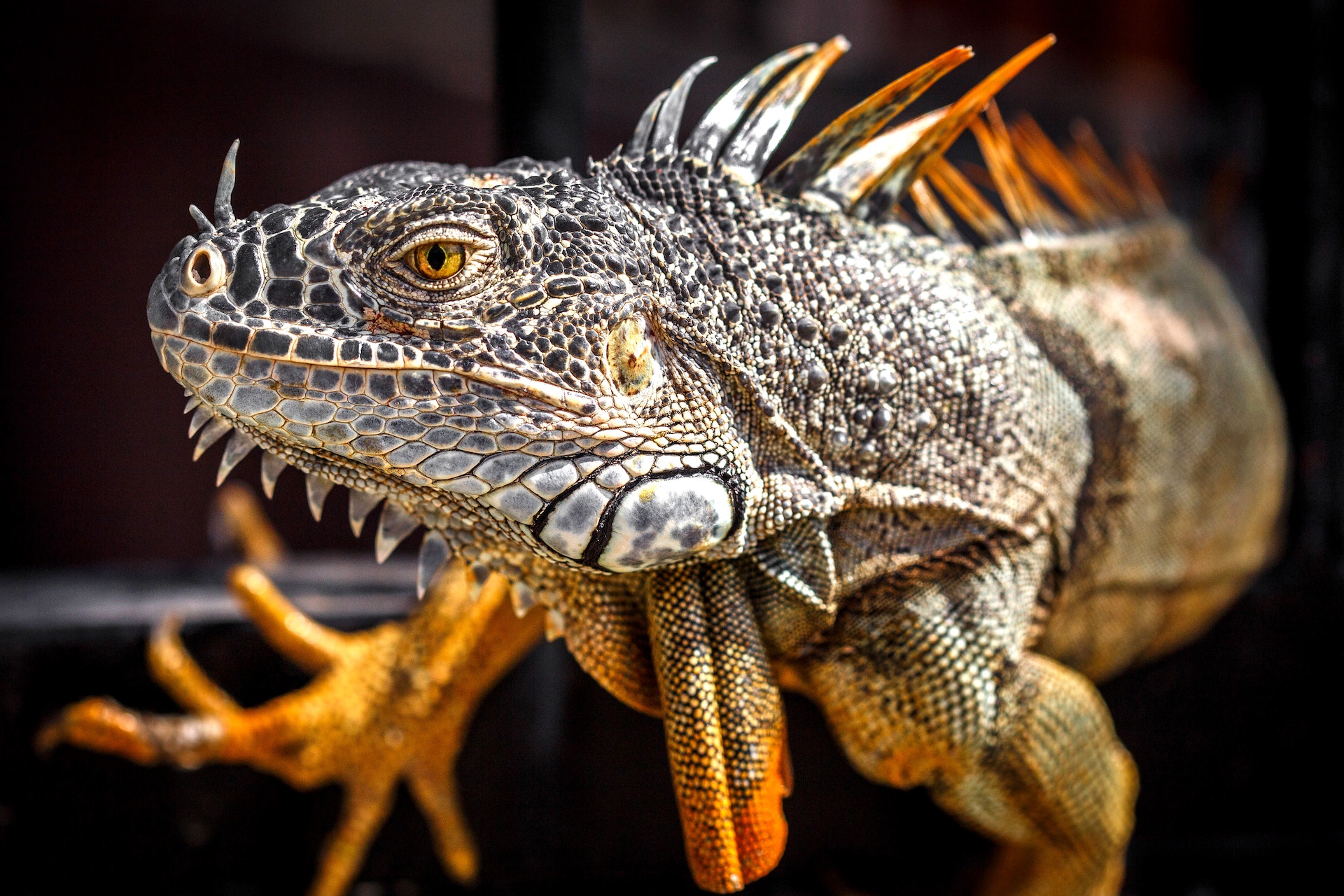Incubating and hatching bearded dragon eggs is an exciting and rewarding experience for reptile enthusiasts and breeders. It allows you to witness the miracle of new life and contribute to the conservation and propagation of these incredible creatures. However, successful incubation requires careful attention to temperature, humidity, and proper techniques. In this comprehensive guide, we will explore everything you need to know about incubating and hatching bearded dragon eggs, from preparing the eggs for incubation to caring for the hatchlings. Whether you’re a beginner or an experienced breeder, this article will provide valuable insights to ensure a successful incubation and hatching process.
Steps for Incubating and Hatching bearded Dragon eggs

1. Preparing the Eggs for Incubation
a. Collection and Preparation: Carefully collect the bearded dragon eggs from the nesting area, ensuring minimal disturbance to the egg’s position or orientation. Gently clean any debris or substrate adhering to the eggs, but avoid excessive handling, as it can damage the delicate embryos.
b. Egg Inspection: Inspect the eggs for any signs of damage, deformities, or discoloration. Remove any eggs that appear abnormal or infertile, as they may hinder the incubation process or compromise the health of the developing embryos.
c. Egg Incubation Substrate: Choose a suitable incubation substrate that provides adequate moisture retention and allows for gas exchange. Vermiculite or perlite mixed with water is commonly used as an effective substrate for bearded dragon eggs.
2. Incubation Environment
a. Temperature: Maintaining a consistent and appropriate temperature is crucial for successful egg incubation. The optimal temperature range for bearded dragon eggs is around 82-86°F (28-30°C). Use a reliable thermometer to monitor the temperature inside the incubator.
b. Humidity: Proper humidity levels are essential for preventing dehydration or excessive moisture loss from the eggs. Aim for a relative humidity level of approximately 70-80% throughout the incubation period. This can be achieved by lightly misting the incubation substrate with water.
c. Incubation Container: Place the prepared eggs carefully in an incubation container, ensuring they are not touching or overcrowded. Label each egg with important information, such as the date of collection and the parents’ identification, to keep track of the incubation progress.
d. Incubator Setup: Set up a dedicated incubator to provide a controlled environment for the eggs. It should be well-ventilated, maintain a stable temperature, and offer a humidity-retaining system, such as a lid or cover, to prevent moisture loss.
3. Incubation Period and Monitoring
a. Incubation Duration: The incubation period for bearded dragon eggs typically ranges from 55 to 75 days, depending on various factors such as temperature, genetics, and incubation conditions. However, individual eggs within the same clutch may hatch at different times.
b. Egg Rotation: Regularly rotate the eggs in the incubation container to prevent the embryos from sticking to the eggshell and ensure proper development. Gently turn the eggs by a small degree, about one-quarter turn, once or twice a day.
c. Monitoring and Adjustments: Continuously monitor the temperature and humidity levels within the incubator to ensure they remain within the optimal range. Make any necessary adjustments to maintain a stable environment for the eggs.
4. Hatching Process and Hatchling Care

a. Pre-Hatching Signs: As the eggs approach the hatching stage, you may notice certain signs, such as a visible “pip” or small crack in the eggshell. This indicates that the hatchling is beginning to emerge.
b. Hatching Assistance: While it is crucial to allow the hatchlings to hatch on their own, there are instances where assistance may be necessary. If a hatchling is struggling to emerge or has been unable to do so after a significant amount of time, seek professional guidance before attempting any intervention.
c. Post-Hatching Care: Once the hatchlings have successfully emerged, transfer them to a separate enclosure with appropriate temperature, lighting, and habitat conditions. Provide a shallow water dish for hydration and offer small, appropriately-sized prey items for feeding.
d. Health Monitoring: Regularly monitor the hatchlings’ health and behavior, ensuring they are eating, growing, and exhibiting normal activity. Seek veterinary assistance if you notice any signs of illness or abnormalities.
Conclusion
Incubating and hatching bearded dragon eggs is a fascinating and rewarding journey that requires careful attention to detail and a nurturing environment. By following the proper techniques for preparing the eggs, creating the ideal incubation environment, and monitoring the hatching process, you can increase the chances of successful hatching and the well-being of the hatchlings. Remember to provide proper care and nutrition for the hatchlings as they grow. Each hatching is a testament to the beauty and marvels of nature, and by playing a role in the incubation and hatching process, you contribute to the conservation and propagation of these incredible reptiles.
